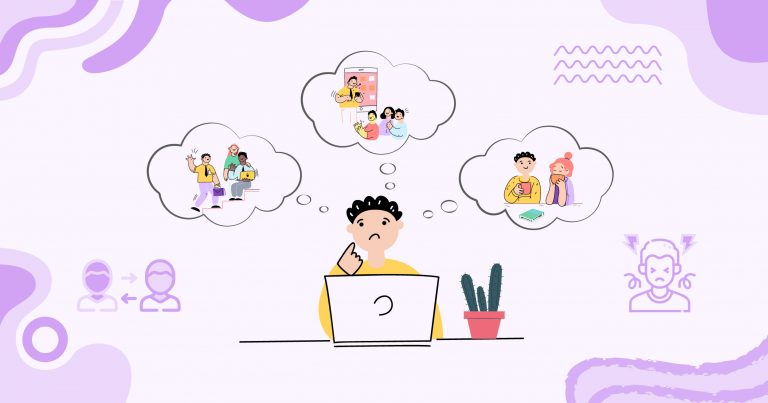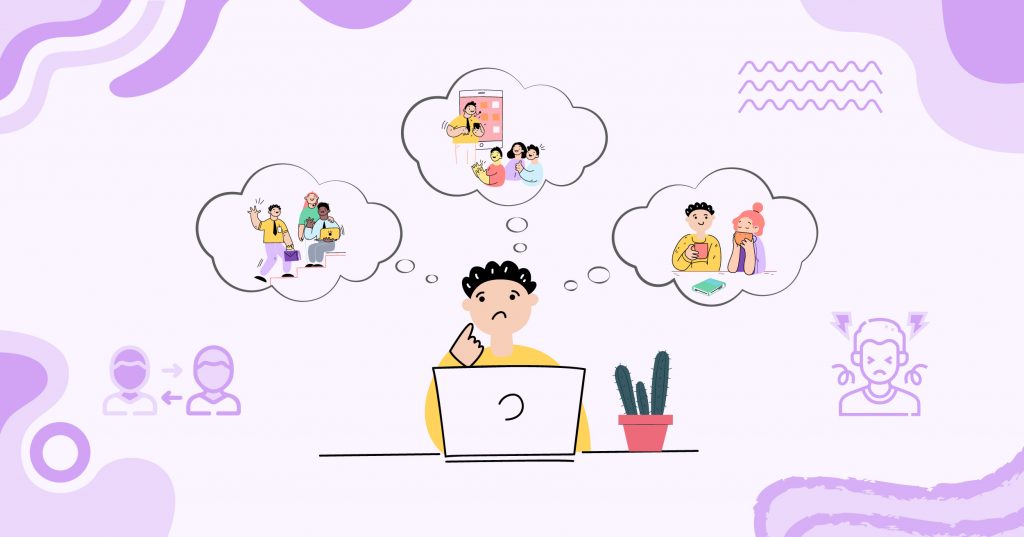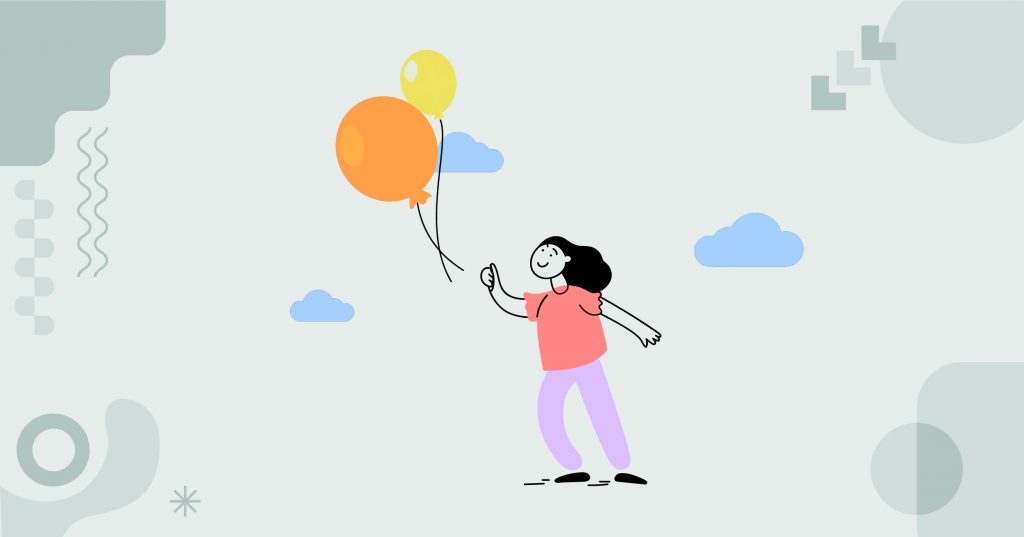Alone in a Virtual World
Welcome to the era of remote work—where the morning commute is just a short stroll to your home office, and dress codes are a thing of the past. Yes, it’s convenient and flexible, but there’s a flip side: isolation. Picture this: Instead of being greeted by the lively buzz of the office, the hum of coffee machines, or those impromptu brainstorming sessions that spark brilliant ideas, you’re greeted by silence, save for the occasional ping of an email. You’re at home, in your cozy corner, but as the novelty of working in pajamas fades, you begin to feel the weight of solitude.
The absence of physical presence can leave a void that’s hard to fill. You start missing the camaraderie, the shared laughter over a silly meme, and that warm sense of belonging to a team. Sure, video calls and instant messaging keep us connected, but they lack the warmth and spontaneity of face-to-face interactions. This new reality can slowly seep into your spirit, leaving you feeling lonely, less motivated, and somewhat detached from your colleagues and the very work you used to love.
It’s not merely about missing those casual chats by the water cooler; it’s about losing the creative synergy that comes from being physically among peers. Remember how a random overheard conversation at the office could lead to an “Aha!” moment? Those moments are rare when your primary company is your computer screen. The absence of these organic, collaborative sparks can leave you feeling like you’re operating in a void—where your efforts seem invisible and your voice echoes unheard in the emptiness of your home office.
The Science Behind the Brain’s Loneliness Loop
Why does remote work isolation hit so hard? The answer lies in our brain’s wiring. Humans are inherently social creatures, and our brains are designed to seek out and thrive on social interactions. When we experience isolation, our brain’s reward system, which relies heavily on social connections, starts to falter.
Neurologically, loneliness triggers the same areas of the brain as physical pain. The anterior cingulate cortex, which processes both physical and emotional pain, lights up when we feel isolated. This is because, from an evolutionary standpoint, being part of a group was crucial for survival. Isolation could mean danger, so our brains evolved to signal discomfort when we’re alone.
Moreover, isolation leads to increased levels of cortisol, the stress hormone. High cortisol levels over prolonged periods can impair cognitive functions, reduce immune response, and increase anxiety and depression. The lack of regular social interactions also means reduced levels of oxytocin, often referred to as the “love hormone,” which is crucial for bonding and social connectedness.
Our mirror neurons, which help us empathize and connect with others, also get less stimulation in isolation. These neurons fire both when we perform an action and when we see someone else perform that same action, allowing us to understand and share feelings. Without in-person interactions, our ability to connect and empathize can diminish, making us feel even more isolated.
Subscribe to newsletter
Get your Gut Health Starter Guide right now.
Elevate your Tuesdays with practical, science-backed wisdom propelling you forward on your gut health journey.

Strategies for Fighting Loneliness and Staying Connected
- Establish a Routine: One of the most effective ways to combat isolation is to establish a daily routine. Start your day as if you were going to the office: get dressed, set up a dedicated workspace, and follow a regular schedule. This can help create a sense of normalcy and structure.
- Schedule Regular Check-ins: Make it a point to have regular check-ins with your team. These can be daily stand-ups, weekly meetings, or even casual virtual coffee breaks. The key is to maintain consistent communication. Use video calls whenever possible to mimic face-to-face interactions.
- Leverage Technology for Social Interaction: Use technology to stay connected with your colleagues beyond work-related tasks. Platforms like Slack, Microsoft Teams, or even WhatsApp can be used for casual chats, sharing memes, or discussing non-work topics. Virtual team-building activities and online games can also foster a sense of community.
- Participate in Online Communities: Join online communities and forums related to your interests or industry. Engaging with like-minded individuals can provide a sense of belonging and reduce feelings of isolation. LinkedIn groups, Reddit forums, and professional associations offer opportunities to connect and network.
- Practice Self-care: Taking care of your mental and physical health is crucial. Exercise regularly, eat healthily, and ensure you get enough sleep. Mindfulness practices such as meditation and yoga can help manage stress and improve your overall well-being. Set boundaries to avoid overworking and ensure you take regular breaks.
- Seek Professional Help if Needed: If feelings of isolation and loneliness become overwhelming, don’t hesitate to seek professional help. Therapists and counselors can provide support and strategies to cope with these challenges. Many offer virtual sessions, making it convenient for remote workers.
Journey From Isolation to Integration
Jane, a graphic designer, initially enjoyed the flexibility of remote work. But as the months passed, she began to feel increasingly isolated. She missed the casual conversations and the collaborative environment of the office. Jane’s motivation dwindled, and she found herself feeling lonely and disconnected.
Realizing she needed to make a change, Jane started implementing strategies to combat her isolation. She established a daily routine, starting her day with a walk and setting up a dedicated workspace. This helped her mentally transition into work mode.
Jane also initiated regular check-ins with her team. They started having daily stand-up meetings and virtual coffee breaks twice a week. These informal interactions helped her feel more connected to her colleagues.
She leveraged technology to stay socially active, joining online communities for graphic designers and participating in virtual meetups. This not only expanded her professional network but also provided a sense of belonging.
Jane prioritized self-care by incorporating regular exercise and mindfulness practices into her routine. She found that meditation helped her manage stress and stay focused. She also set clear boundaries for work hours, ensuring she had time to relax and recharge.
Through these efforts, Jane transformed her remote work experience. She felt more integrated with her team, motivated, and less isolated.
“Making these changes was a game-changer for me,” Jane reflects. “I went from feeling completely disconnected to being an active part of my team again. The regular check-ins and virtual hangouts made a huge difference. I also found that joining online communities gave me a sense of belonging that I was missing. Taking care of my mental health was crucial too. Now, I feel much more balanced and connected, even while working remotely.”


















